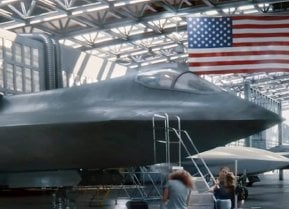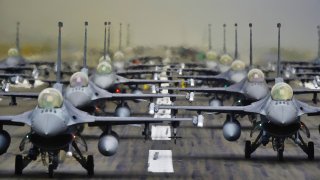The F-16 Viper Is a Fighter Jet Nearly No Nation Can Beat
The F-16 Fighting Falcon, a fourth-generation multirole fighter jet, is celebrated for its versatility, agility, and cost-effectiveness, making it one of the most popular aircraft globally. Capable of reaching speeds over 1,500 miles per hour and operating at altitudes up to 50,000 feet, the F-16 excels in both air-to-air and air-to-ground roles.
Summary: The F-16 Fighting Falcon, a fourth-generation multirole fighter jet, is celebrated for its versatility, agility, and cost-effectiveness, making it one of the most popular aircraft globally. Capable of reaching speeds over 1,500 miles per hour and operating at altitudes up to 50,000 feet, the F-16 excels in both air-to-air and air-to-ground roles.
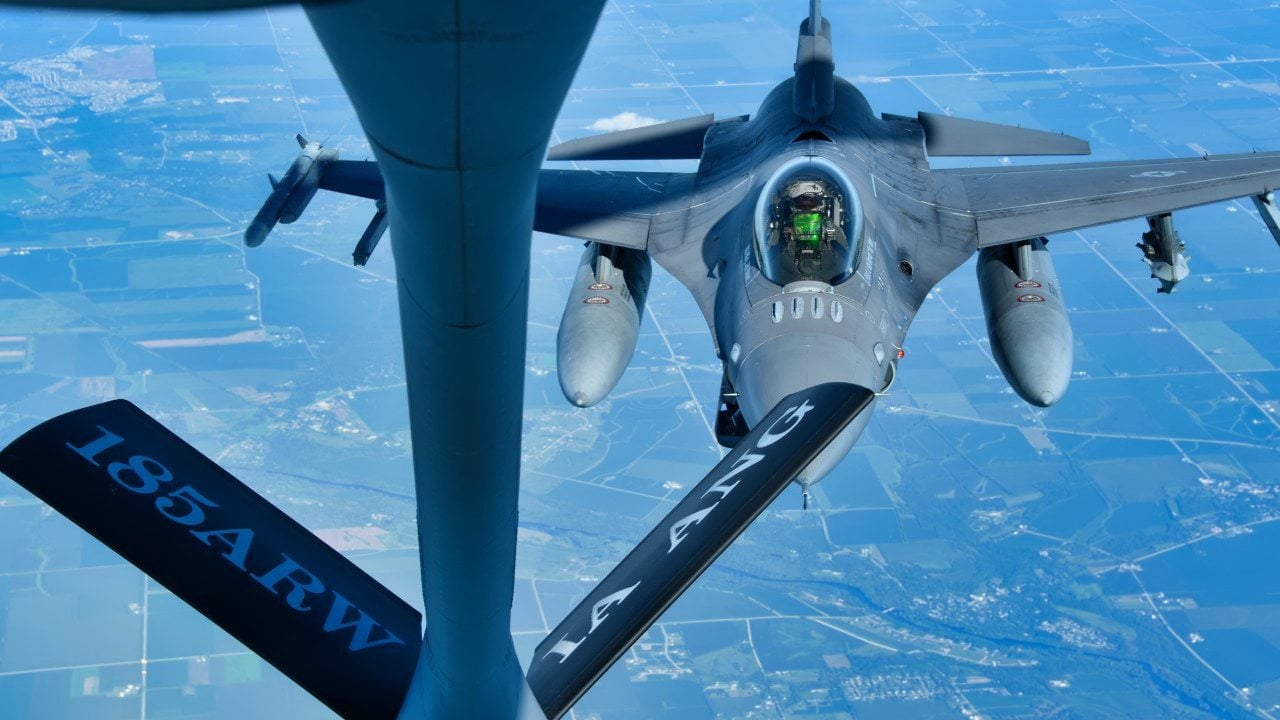
-It is armed with AIM-9 Sidewinder and AIM-120 AMRAAM missiles for air combat, and can deploy a variety of munitions for ground attacks. The latest F-16 Block 70/72 Viper variant features advanced AESA radar, enhancing its capabilities to fifth-generation levels.
-Over 4,500 F-16s have been delivered worldwide, marking significant contributions in major global conflicts over the last fifty years. The F-16's international production consortium set a precedent for collaborative defense programs, influencing the development of the F-35 Lightning II.
The F-16 Fighting Falcon: A Global Powerhouse in Modern Aerial Warfare
The F-16 Fighting Falcon is one of the best fighter jets to ever take to the skies.
With thousands of F-16s across the world, the fighter jet is also a very popular aircraft due to its relatively low cost, diverse capabilities, and dependency.
An Agile and Versatile Fighter Jet
A fourth-generation multirole fighter jet, the F-16 Fighting Falcon is capable of many things in the air and on the ground. The fighter jet reaches speeds of over 1,500 miles per hour (Mach 2) and has an operational ceiling of 50,000 feet (almost three miles).
What makes the F-16 extremely useful is its ability to operate both in an air superiority role against other aircraft or an air-to-ground role against enemy ground forces.
In an air-to-air role, the F-16 relies on its agility, maneuverability, and combat radius, which exceed that of any peer aircraft. Staple air-to-air munitions include the AIM-9 Sidewinder heat-seeking missile and the AIM-120 Advanced Medium-Range Air-to-Air Missile (AMRAAM).
In an air-to-ground role, the F-16 can deliver a wide type of munitions, including conventional bombs, laser-guided munitions, GPS-guided bombs, and stand-off munitions with accuracy in all weather conditions, even with no visual of the target.
The latest version of the aircraft is the Block 70/72 “Viper,” which includes Northrop Grumman’s advanced AN/APG-83 active electronically scanned array (AESA) radar, an automated ground collision avoidance system, and an improved mission computer and electronic warfare suite. Customers can either order the new version or upgrade older F-16 variants to the “Viper.” The AESA radar makes the Viper particularly special. Through the AESA radar, the F-16 Viper has fifth-generation capabilities and can link with advanced aircraft like the F-22 Raptor and F-35 Lighting II. The radar greatly improves the aircraft’s situational awareness and allows for quicker, more efficient all-weather targeting and data-sharing with other aircraft.
The U.S. Air Force flies more than 1,000 F-16s of all types, with thousands of additional fighter jets in service with allied and partner militaries around the world. Overall, Lockheed Martin, the manufacturer, has delivered more than 4,500 F-16s of all versions.
As a staple part of the Air Force’s arsenal, the F-16 Fighting Falcon has participated in all major conflicts of the past fifty years, including the Balkans, First Gulf War, Afghanistan, Second Gulf War, and operations against the so-called Islamic State. The fighter jet is also getting ready to appear over the skies of Eastern Europe with the colors of the Ukrainian Air Force.
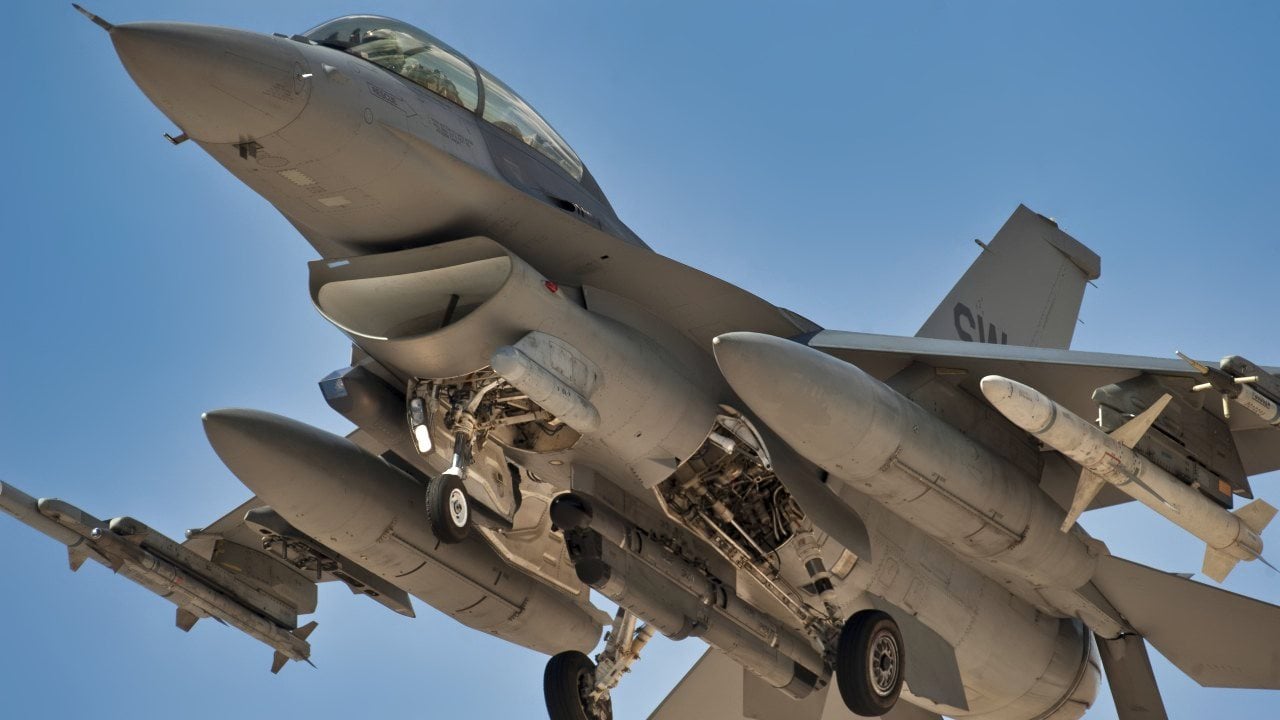
Some of the most memorable missions of the F-16 include scrambling to defend the homeland minutes after the terrorist attacks of September 11, 2001. The surprise caused by the Al Qaeda attacks was so great that F-16 fighter jets took to the sky without any live munitions and were ready to ram hijacked planes before they could reach their targets.
Moreover, in a way, the F-16 paved the way for the Joint Strike Fighter program that created the fifth-generation stealth fighter jet F-35 Lighting II. You see, the F-16 was designed and manufactured under a consortium of countries that included the United States, Belgium, Denmark, Norway, Portugal, and the Netherlands. Similarly, the F-35 program is comprised of eight other countries. The benefit of having such a consortium behind a complicated weapon system is high levels of interoperability, a robust maintenance network, and technology sharing among partners.
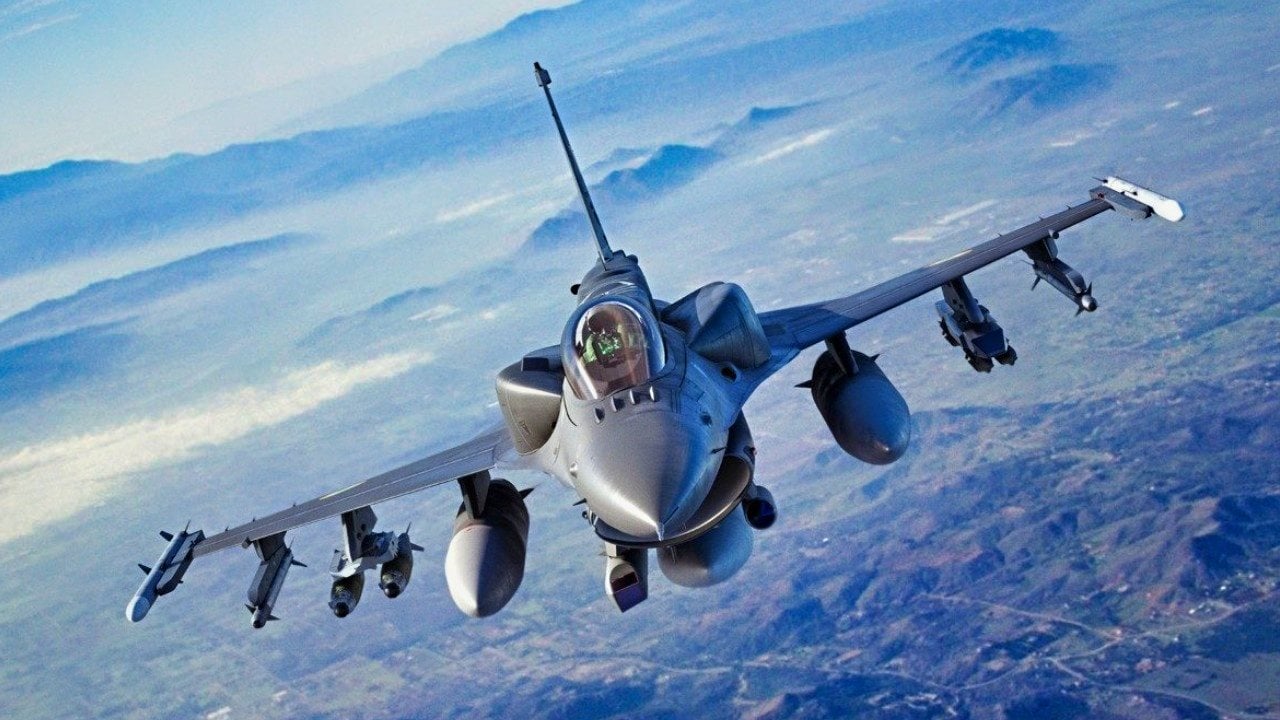
About the Author
Stavros Atlamazoglou is a seasoned defense journalist specializing in special operations and a Hellenic Army veteran (national service with the 575th Marine Battalion and Army HQ). He holds a BA from the Johns Hopkins University and an MA from the Johns Hopkins’ School of Advanced International Studies (SAIS). His work has been featured in Business Insider, Sandboxx, and SOFREP.
Image Credit: Shutterstock.
